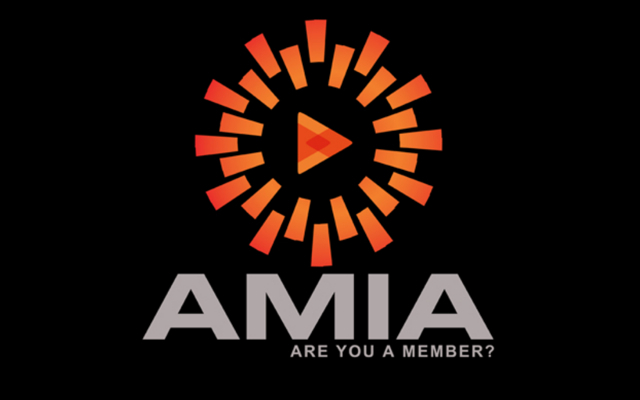Archivists Promote AXF as Standard to End Metadata Issues
August 29, 2017
At AMIA’s The Reel Thing conference in Hollywood, HBO director of archives and asset management Randal Luckow and Digital Preservation Laboratories president Steve Kochak discussed cataloging unstructured metadata for preservation in distributed databases using the open standard Archive eXchange Format (AXF). Migrating physical elements often leaves out information important for the future, and metadata generated in the course of the project isn’t always documented, leading to problems linking the metadata to digital audio-video.
Archivists have increased the types and amount of metadata being saved, which has also led to redundant information. Luckow and Kochak proposed a different paradigm for the metadata database topology to solve this problem.
“In the traditional metadata database topology, the audio-video enters a MAM/DAM and the metadata gets sent to a database of metadata,” explained Kochak. “And then we have audio-video essence either on LTO or in the cloud.” The metadata database is typically not open standard, he added.
AXF is an IEEE and SMPTE (SMPTE ST2034-1-2017) open standard but, currently, few vendors support it. When DPX, another open standard, emerged, more vendors supported it, and it grew into the Adobe product line and, eventually free products. AXF will, it is hoped, follow the same path.
“Later this year, the first couple of open source (possibly freeware) applications will be released to the public once the appropriate distribution outlet is decided,” explained Kochak, who says that, “it is also anticipated that the first downloadable AXF applications will be released, but in a limited form.”
The inherent strength of using AXF is that, “if the metadata was entered during the AXF object creation instead of in a separate database as a post process, the persistent metadata would be immortalized with the audio-video essence.”
“Moving from one asset management system to another would only involve pointing the new system to the existing AXF objects and re-indexing them,” said Kochak. “The database is audio and video. This will take away the issues associated with switching from one MAM vendor to another, which is crazy expensive and problematic. Sometimes it’s so expensive, you can’t leave.”
“Imagine a world where all your metadata was embedded with your audio and video — all of a sudden, we have everything we need in a single file,” he continued. “The people who know the content create the metadata and future generations won’t have to guess. The clues are with the audio and video forever. There are other ways to do it, but the open standard allows competition, which allows lower prices. It’s hard to draw the future topology but instead of the MAM/DAM being the centerpiece, now we’ll spend our money on the actual images and audio we’ll put in the MAM. It’s a decentralized database, because you can pull out images, and the metadata comes with it.”
According to Library of Congress national audio-visual conservation center assistant chief David Pierce, his organization has already been using AXF. Luckow reports that HBO is also “moving down this path.”


No Comments Yet
You can be the first to comment!
Sorry, comments for this entry are closed at this time.